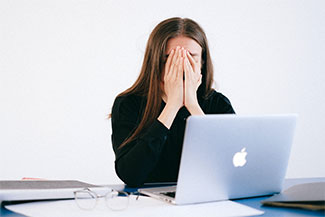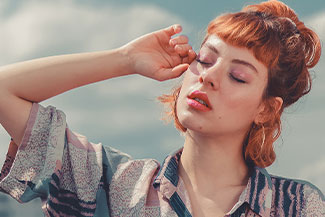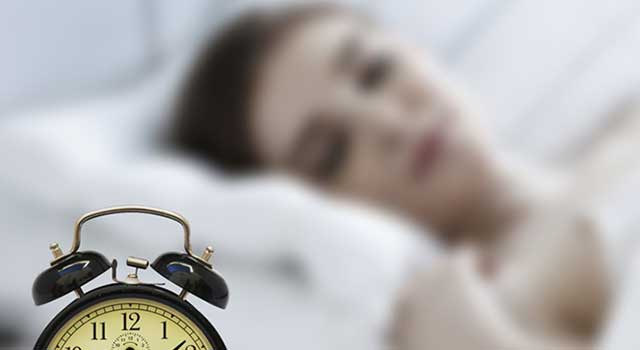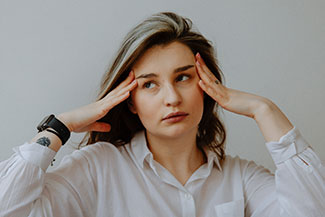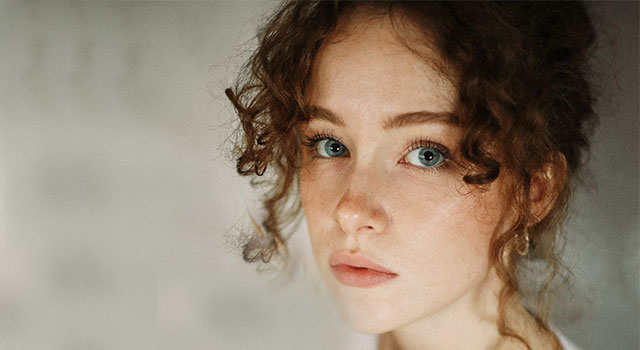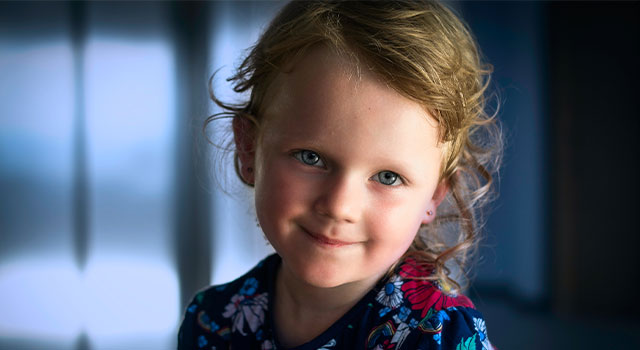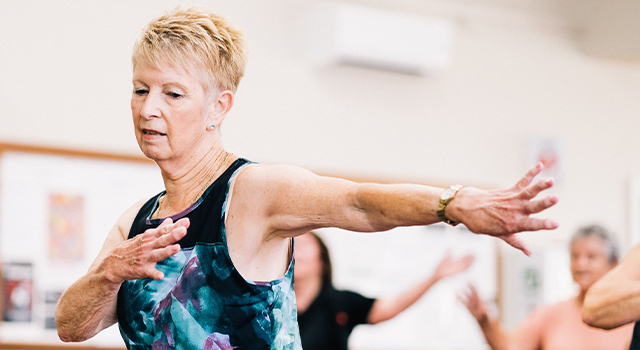
Why Dry Eye Affects More Women Than Men
The millions of women suffering from dry eyes can tell you that dry, itchy, watery eyes are no fun. Dry eye syndrome is not just uncomfortable or a nuisance, but can also negatively impact productivity and quality of life. Dry eye tends to develop in those aged 50 and up, and affects more women than men. Below we’ll explain why it’s more prevalent among women than men.
Dry Eye Syndrome and Women
Dry eye syndrome (DES) is a condition characterized by dry, itchy, gritty and burning eyes. It occurs when the eye isn’t properly lubricated, either due to insufficient or poor-quality tears. Healthy tears are made up of a delicate balance of water, oil, and mucous, and any imbalance in this composition can result in dry eyes.
The symptoms of dry-eye can range from mildly uncomfortable to incapacitating and can cause visual disturbances or corneal damage if left untreated. If you think you may have dry eyes, or experience any of the following symptoms, Dr. Susan Vaughan can offer effective long-lasting relief.
Dry-eye symptoms include:
- Burning or itchy eyes
- Grittiness
- Fatigued eyes
- Eyes that are red and sore
- Photophobia (light sensitivity)
- Blurred vision
- Watery eyes
Why Is Dry Eye More Common Among Women?
 The major reason that women are at risk for dry eye is due to the hormonal changes that occur throughout their lifetime. The fluctuation of estrogen, progesterone, and testosterone (among other hormones) affects tear quality and production. More specifically, high levels of estrogen and low levels of testosterone both contribute to DES.
The major reason that women are at risk for dry eye is due to the hormonal changes that occur throughout their lifetime. The fluctuation of estrogen, progesterone, and testosterone (among other hormones) affects tear quality and production. More specifically, high levels of estrogen and low levels of testosterone both contribute to DES.
Women taking oral contraceptives may also experience dry eyes as a side effect. This is because the reduction in androgen levels due to the pill may impact the amount of tears produced and reduce tear-film stability.
The hormonal changes that occur during pregnancy can also lead to DES, leading pregnant women to stop wearing eye makeup or contact lenses due to heightened eye sensitivity. Furthermore, morning sickness may contribute to dry eyes as vomiting can cause dehydration, and because the eyes are part of a whole system, a dehydrated body often means dehydrated eyes.
Women who wear eye makeup, such as mascara and eyeliner, have an increased risk of developing dry eye due to irritating ingredients found in these products. It should also be noted that makeup removers often contain oil and harsh chemicals that can thin out the tear film covering the eye, causing the tears to evaporate prematurely.
Though women of all ages have a higher chance of developing dry eye than men do, those over the age of 50 are more susceptible to it.
Post-Menopausal Women and Dry Eyes
An estimated 38% of post-menopausal women in North America use hormone replacement therapy (HRT) to manage menopausal symptoms. A common side effect of HRT is dry eye, especially if estrogen alone is administered.
A study published in the Journal of the American Medical Association followed approximately 25,000 women over the course of 4 years to determine the relationship between HRT and dry eye syndrome. The results show that women using HRT with estrogen alone increase their risk of developing dry eye by 69%, and women who use a combination of estrogen and progesterone are 29% more likely to experience dry eye symptoms than women who don’t use HRT at all.
The risks and benefits of HRT should be discussed with a primary caregiver or gynecologist before starting treatment, particularly if there is a history of dry eye or other ocular conditions in the family.
Other medications popularly prescribed to patients over 50 can also contribute to dry eye symptoms, such as diuretics, antidepressants, and beta-blockers.
Fortunately, there are steps that women can take to prevent and/or treat dry eyes.
How Can Women Reduce Their Risk of Developing Dry Eye?
Below are a few practical tips:
- If you wear eye makeup, don’t apply products on the inner parts of the eyelid in order to avoid irritation.
- Be sure to remove eye makeup before bed by using a gentle soap or paraben-free makeup remover.
- If you use a hairdryer, try not to aim it towards the eyes, as this can cause tears to evaporate.
- Always discuss side effects and eye health history with your primary caregiver before starting any medication.
- Use a humidifier in your home or place of work to reduce air dryness.
- Use lubricating eye drops to relieve dry eye symptoms.
- Stay hydrated by drinking plenty of water.
- Regularly consume foods containing Omega-3s or take an Omega-3 supplement to improve tear quality.
- Wear protective eyewear such as sunglasses when outdoors in order to block wind and debris from irritating the eye.
If you have any of the mentioned dry eye symptoms, call The Dry Eye Center at My Family Eye Care today and schedule an appointment with Dr. Susan Vaughan. The optometrist will recommend the most up-to-date dry eye treatments for your eyes and condition.
Our practice serves patients from Siloam Springs, Northwest Arkansas, Springdale, and Northeast Oklahoma, OK and surrounding communities.REFERENCES
- https://www.allaboutvision.com/over40/dry-eyes-menopause.htm
- https://www.ophthalmologyweb.com/…Dry-Eye-Syndrome-More-Likely-to-Affect-Women-than-Men/
- https://www.allaboutvision.com/conditions/dryeye-syndrome.htm
- https://jamanetwork.com/journals/jama/fullarticle/194334

